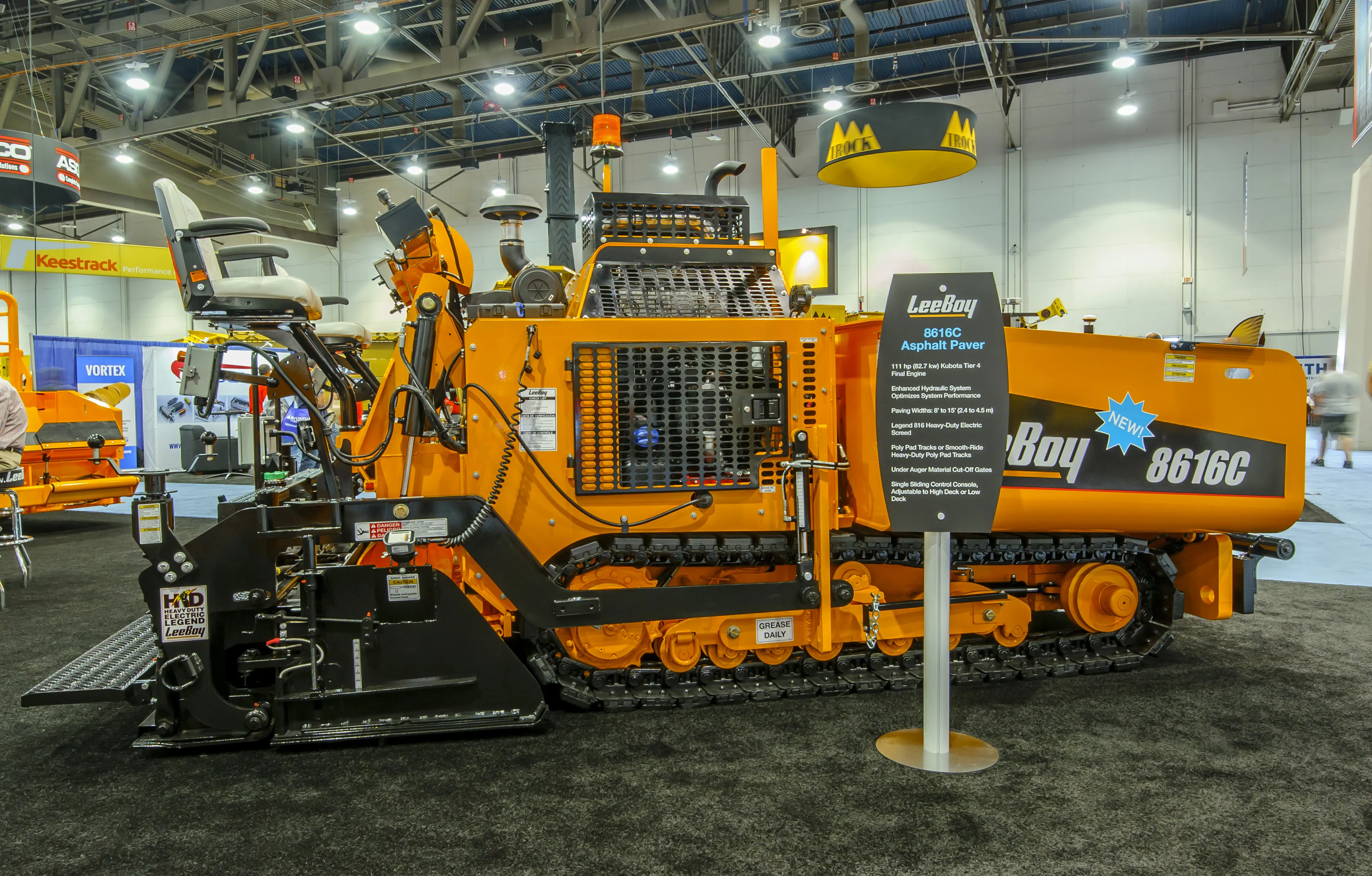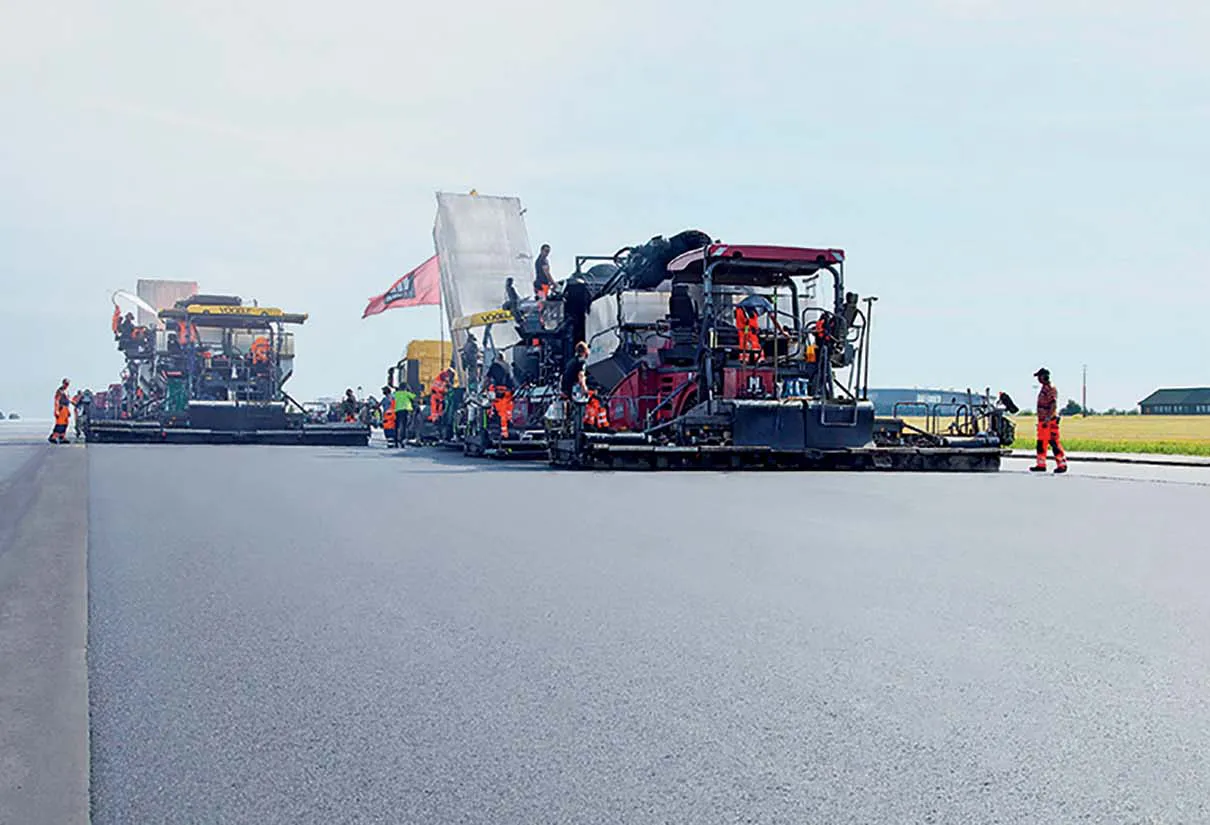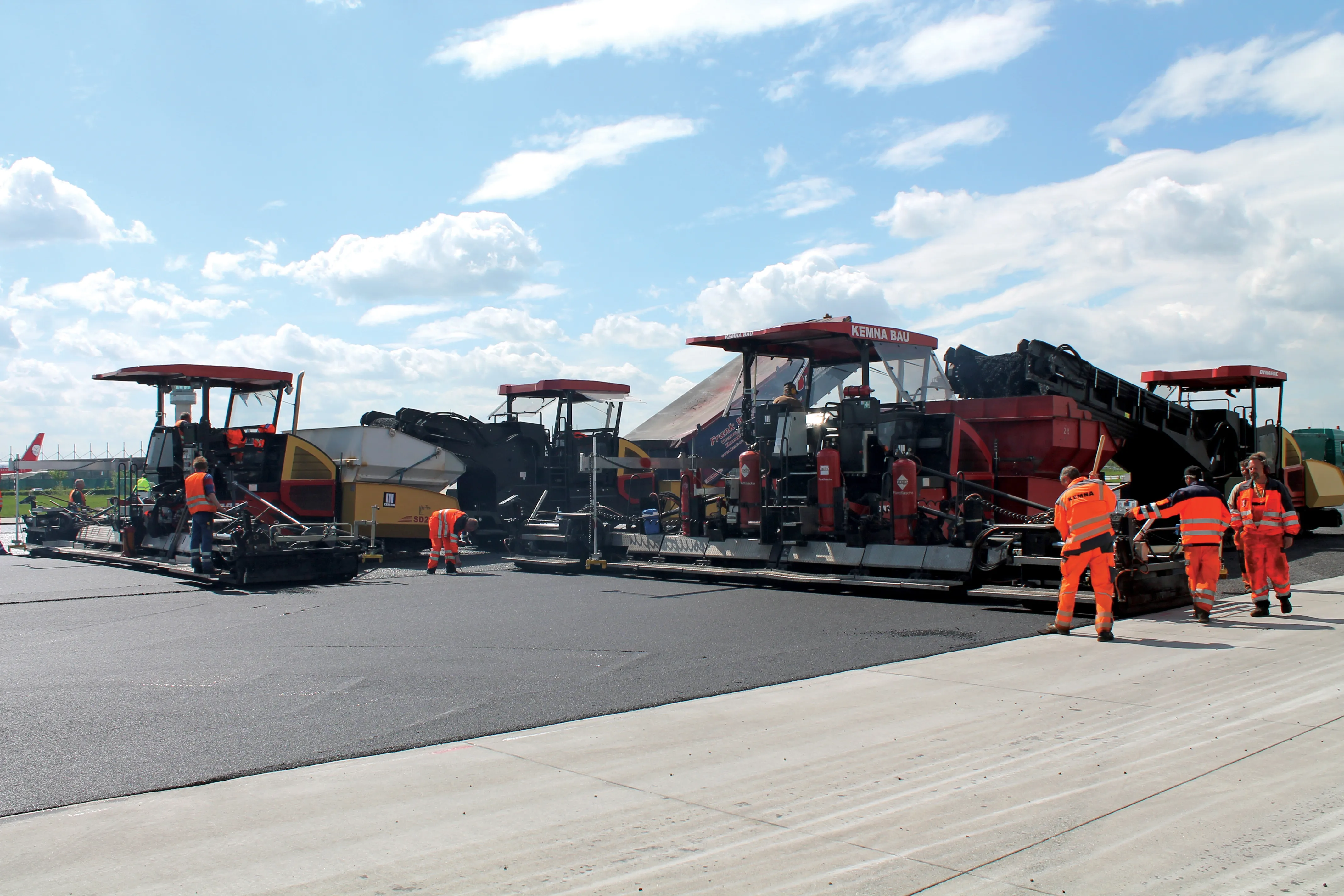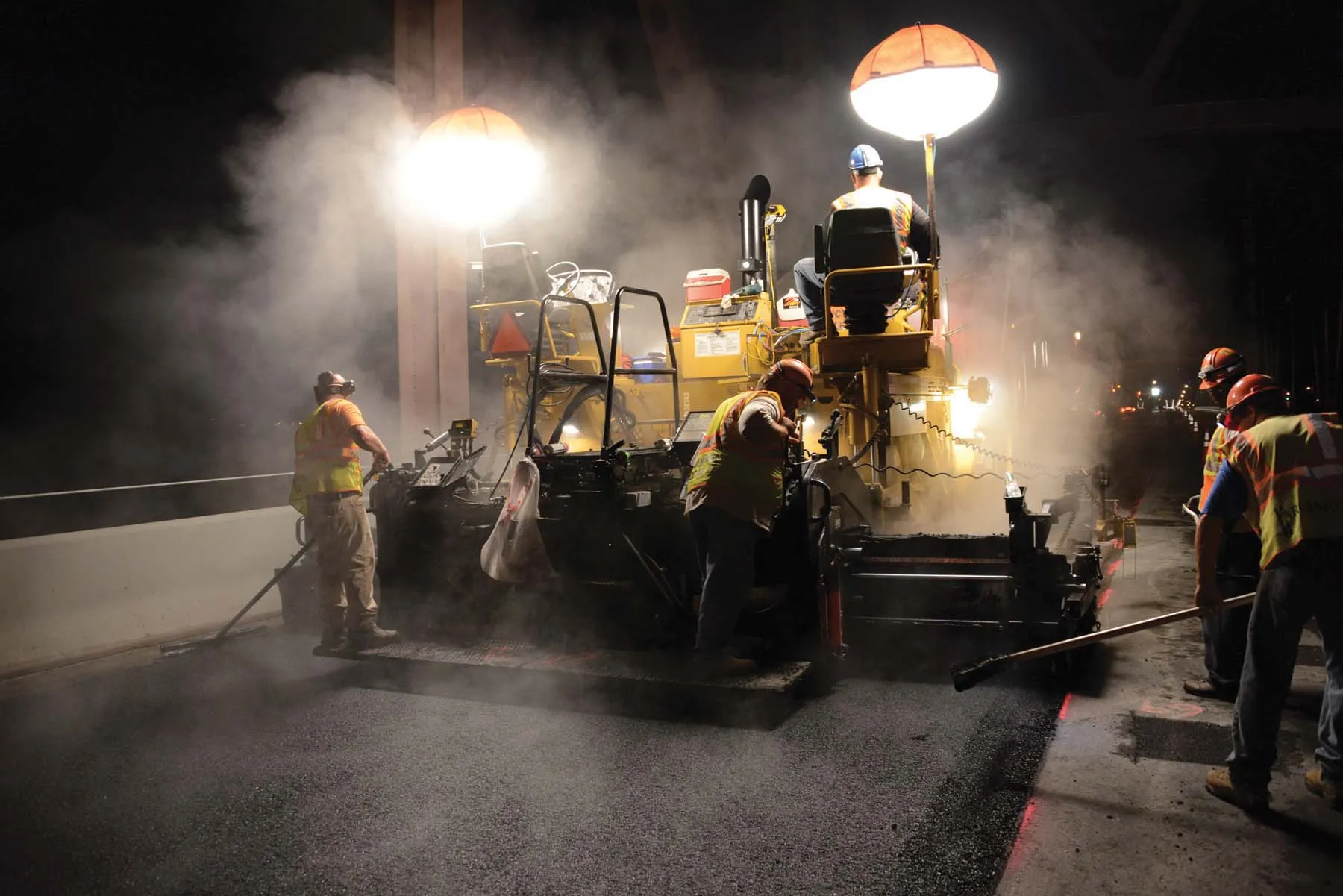Atlas Copco is now introducing its Dynapac Remixer, which is designed to deliver a high quality, homogeneous asphalt mix
The unit has been designed to fit inside the hopper of a paver and can help boost mat quality.
Research shows that thermal and mechanical segregation of the asphalt mix can trigger problems in the mat including unevenness and irregular surfaces, a larger void content and reduced compaction. These issues can cause long-term problems and will shorten the service life of the paved surf
September 30, 2015
Read time: 3 mins
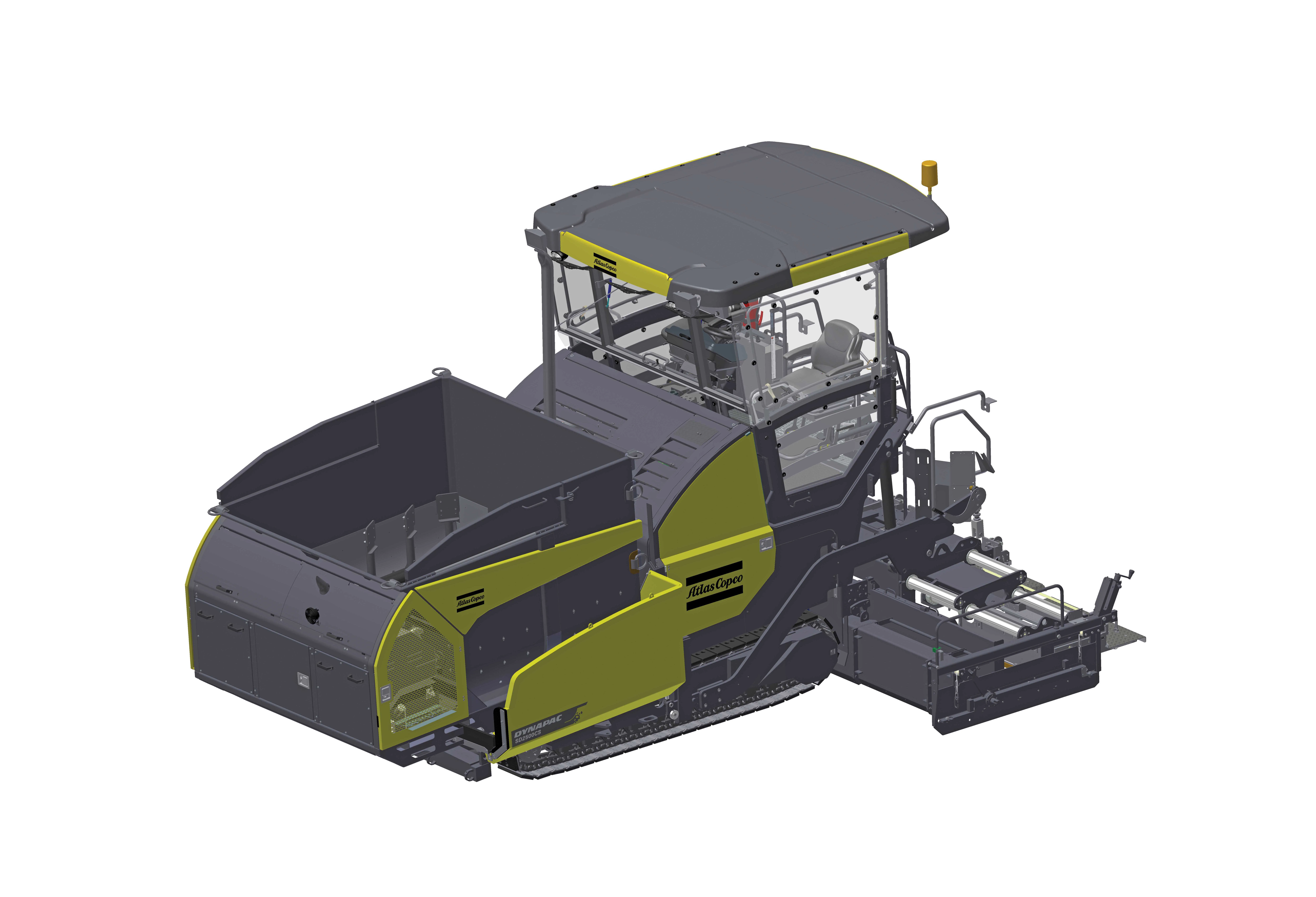
Atlas Copco is now introducing its Dynapac Remixer, which is designed to deliver a high quality, homogeneous asphalt mix
The unit has been designed to fit inside the hopper of a paver and can help boost mat quality.
Research shows that thermal and mechanical segregation of the asphalt mix can trigger problems in the mat including unevenness and irregular surfaces, a larger void content and reduced compaction. These issues can cause long-term problems and will shorten the service life of the paved surface.
Segregation of the asphalt mix typically occurs with larger grain sizes used for paving of base and binder courses. This is a common cause of damage to the road structure. It can even occur during the loading of the truck at the asphalt plant. To minimise the risk of segregation, it is important to load the trucks quickly and evenly, while transportation to the job site must be well planned and should be quick. The mix delivery should also be carried out by trucks fitted with tarpaulins or by thermally insulated vehicles, so as to avoid temperature loss.
Further causes of segregation and temperature loss occur at paver stops caused by breaks in the material supply, truck waiting times on the site due to excessive material deliveries and the dumping of the material mix in the material feeder or paver.
Clearly, a steady and uniform material flow up to the screed is crucial and161 Atlas Copco believes that its 206 Dynapac Remixer will help tackle the quality issue, by addressing material segregation. The machine is a separate unit with its own drive. It has parallel mixing elements with oppositely running blade shafts that are said to ensure the materials remain constantly in motion. This helps mix the asphalt efficiently and eliminates both aggregate and temperature segregation.
The machine has a heat-isolated material bin that increases temperature stability, with its exhaust heat being used to further ensure heat retention. The machine is able to deliver material that is more homogenous thermally and mechanically.
The Dynapac Remixer can fit into the hopper of a paver and is suited for use where there are long transport times from the mixing plant to the site or where there is a risk of a non-continuous material flow. The unit can also be used where there is a particularly high specification on the asphalt mix and paving quality (such as for an airport runway or racetrack) or where a constant mix temperature needs to be ensured.
The unit has been designed to fit inside the hopper of a paver and can help boost mat quality.
Research shows that thermal and mechanical segregation of the asphalt mix can trigger problems in the mat including unevenness and irregular surfaces, a larger void content and reduced compaction. These issues can cause long-term problems and will shorten the service life of the paved surface.
Segregation of the asphalt mix typically occurs with larger grain sizes used for paving of base and binder courses. This is a common cause of damage to the road structure. It can even occur during the loading of the truck at the asphalt plant. To minimise the risk of segregation, it is important to load the trucks quickly and evenly, while transportation to the job site must be well planned and should be quick. The mix delivery should also be carried out by trucks fitted with tarpaulins or by thermally insulated vehicles, so as to avoid temperature loss.
Further causes of segregation and temperature loss occur at paver stops caused by breaks in the material supply, truck waiting times on the site due to excessive material deliveries and the dumping of the material mix in the material feeder or paver.
Clearly, a steady and uniform material flow up to the screed is crucial and
The machine has a heat-isolated material bin that increases temperature stability, with its exhaust heat being used to further ensure heat retention. The machine is able to deliver material that is more homogenous thermally and mechanically.
The Dynapac Remixer can fit into the hopper of a paver and is suited for use where there are long transport times from the mixing plant to the site or where there is a risk of a non-continuous material flow. The unit can also be used where there is a particularly high specification on the asphalt mix and paving quality (such as for an airport runway or racetrack) or where a constant mix temperature needs to be ensured.


